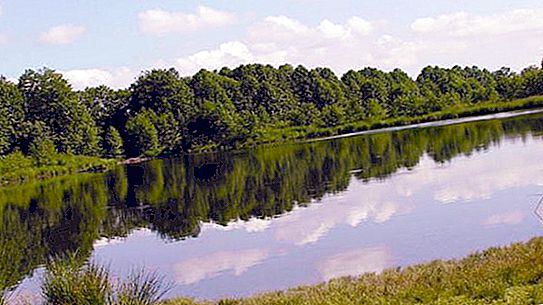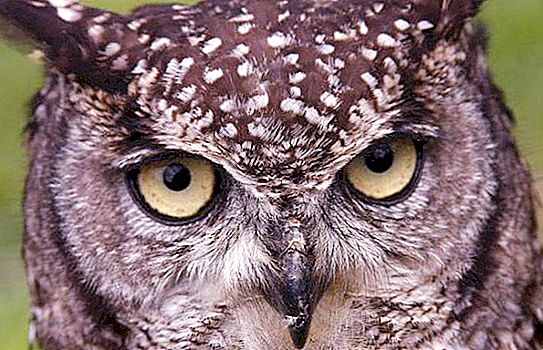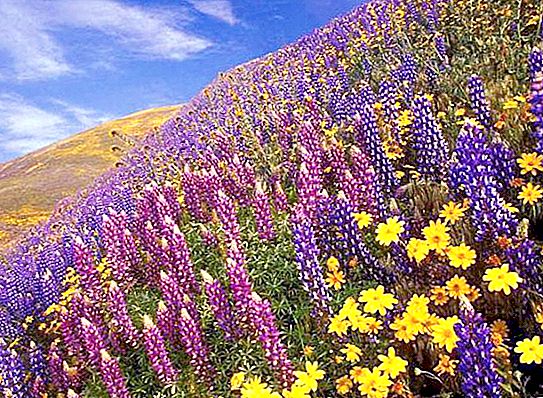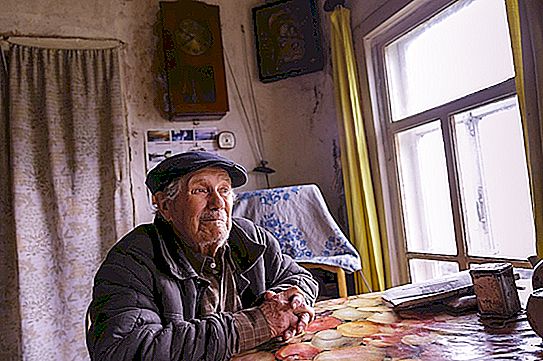Vladimir region is attractive for tourists. The region is also called the edge museum. About 3600 objects of cultural heritage are located in the region. In 1993, UNESCO entered the Vladimir-Suzdal Museum-Reserve into the list of cultural heritage, and it is it that is the core of the tourist “Golden Ring of Russia”.
But the Vladimir region is not only historical monuments, ancient buildings and the original structure of life of the local population, it is also protected natural areas.
Bogolyubovsky meadow
At the top of the list of reserves in the Vladimir region is Bogolyubovsky meadow surrounding the Church of the Intercession on the Nerl. The area of the park is approximately 2 km 2. It is located near the village of Bogolyubovo in the place where the Klyazma and Nerl rivers merge.
An interesting feature of the Bogolyubovsky meadow is that in the spring it floods completely in the flood, and only the church remains on land. Several centuries ago, when laying the temple, an artificial hill was poured, where it now stands.
That is why walking in the spring through the reserve and visiting the church will not work. The rest of the year, travelers can follow the ecological trail, which is about 2 km long or a pedestrian. Both paths run through the church.
In the 60s of the last century, studies of the flora and fauna of the meadow began. The Bogolyubovsky Reserve of the Vladimir Region is rich in vascular and other plant species. This is a Siberian kasatnik, a small cornflower, a false bunting. In total, about 300 plant species were discovered, 4 of which are listed in the Red Book. Of the rare animals, researchers managed to find a white-tailed eagle. Incidentally, he is also in the Red Book.
Gusevsky reserve number 1
The next in the list of reserves and parks in the Vladimir region is the Gusevsky reserve. He received the status of a protected zone only in 1998 for a period of 10 years. In 2010, the status was abolished, and the territory again became generally accessible as a hunting ground.
The reserve is located near the town of Gus-Khrustalny and borders on the Meshchera National Park, Sudogodsky Administrative Region.
Pine forests prevail here, with an abundant amount of forest berries and herbs, with a large population of wild animals.
Dyukinsky reserve
Not far from the city of Sudogda there is the following reserve in the list of the Vladimir region - Dyukinsky, whose total area is 107.7 hectares. The territory was granted the status of a natural complex of regional significance in 2003.
The surface of the reserve is mostly hilly. The relief was formed due to mining activities of man. On the territory there is a quarry about 40 meters deep, which is completely formed as a result of limestone mining. Over time, he was overgrown with forest.
The climate is temperate continental, with an average summer temperature of 18 degrees, and in winter it does not fall below -11. In the reserve, the only body of water is located on the south side of the quarry. It is shallow, but dries only in the driest years, which confirms the presence of underground sources.
The plant world is represented mainly by spruce, aspen and birch. Small-leaved trees and lindens grow in the northwestern part. The fauna is completely typical of dry pine forests. There are wild boars and hares, cuckoos and green sticks, lizards.
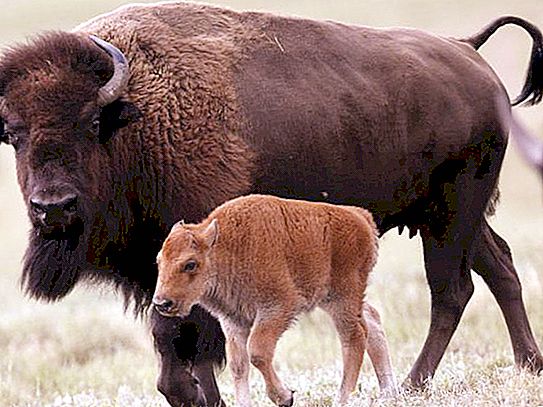
Klyazma Reserve
Without the Klyazminsky reserve, the list of reserves in the Vladimir region would not be complete. The status of federal significance was obtained in 1978. Interestingly, in 2013, a settlement of an ancient man of the Upper Paleolithic period was discovered on the territory of the reserve.
The total area of the conservation zone is 21 thousand hectares. The area is rich in natural reservoirs: on the territory of 67 lakes. The most visited is Smekhro, 4 km long.
Klyazminsko-Luhsky Reserve
The territory of the conservation zone is 43, 450 ha, located between the Klyazma and Luh rivers in the lowlands. The reserve has many small rivers and streams: Yukhorets, Verbets, Mineev source. Many floodplain and old lakes. The largest is the Great Lake with an area of 300 hectares.
In general, soils are characterized as boggy and sandy. In some places, a slightly erosive process with a slight dissection of the relief is observed. Almost all soil is characterized as poor in mineral and organic matter. Nevertheless, in the list of nature reserves in the Vladimir region in terms of the number and diversity of vegetation, Klyazminsko-Luhsky is not inferior to other protected areas. Small-leaved and broad-leaved trees, pines and spruces grow here. Three species of plants growing in the reserve are listed in the Red Book of the Russian Federation, and 35 in the Red Book of the Vladimir Region.
The wildlife of the reserve is very rich. These are artiodactyls, fur-bearing varieties, marsh-waterfowl representatives of birds. About 16 species of animals living in the reserve are listed in the Red Book.
The park was founded in 1994 and is a reserve of regional importance.
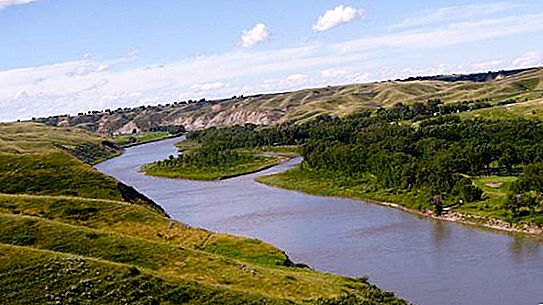
Forest Park "Friendship"
The list of national parks and reserves of the Vladimir region must be supplemented with the Druzhba forest park, which acquired its status only in 1986. The total area of the conservation zone is 262 ha. The park is located between the Gorky Railway and the M-7 highway.
The modern territory of the natural complex is the remains of an ancient forest, formerly called the Yamsky forest. In older annals, the territory was called the Princely Forest and the St. George Forest.
The relief of the park is mostly sloping with many ravines. The climate is characterized by quite strong temperature fluctuations: in winter it can be -38 degrees, and in summer up to 38 degrees.
In the northwestern part is a small pond. The remaining bodies of water are seasonal streams that usually dry out in summer.
The park is mainly covered with deciduous trees. Basically it is linden, oak, aspen. There are elms, birch, alder, bird cherry and mountain ash. From spore plants, horsetail, male thyroid, ostrich and coxera grow. Of the herbs listed in the Red Book, there is a high fescue, a Kaufmann's manure and an ordinary wolfberry.
Of the mammals, elk, hare, field voles, foxes, raccoon dog, wild boars, squirrels and ermine live here. The territory is very rich in representatives of birds. These are songbirds, woodpeckers, owl, crow, goshawk, cedar.
Meschera
The list of names of reserves in the Vladimir region must be supplemented by the Meshchera National Park. The protected area is located near the town of Gus-Khrustalny and covers an area of 1189 m 2. The status of federal significance was assigned in 1992. The park borders on the Moscow and Ryazan region.
The trees here are deciduous and coniferous. The landscape is marshy and sandy, a typical natural complex of the Polesie type. The climate is temperate, and in the hottest season the temperature can reach 37 degrees, the maximum winter temperature is -44.
The main reservoirs of the park are the Buzha River, which occupies about 80 km and flows into the Holy Lake. In the north there is a channel in the floodplain of the river Paul, with a length of 35 km.
The flora of the park is represented by legumes, buttercups, asters, cereals and cloves. The forest cover of the entire territory is about 70%, mainly occupied by coniferous tree species.
The fauna is represented mainly by animals and birds of European origin: hares, cranes, otter, black grouse, hazel grouse, mink, wolf and marten. In the reservoirs live perch and pike, crucian carp and invader, roach, loach.


